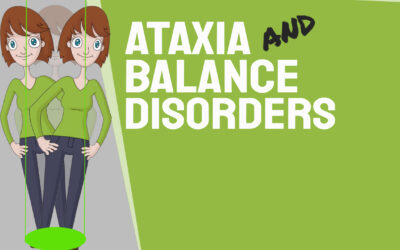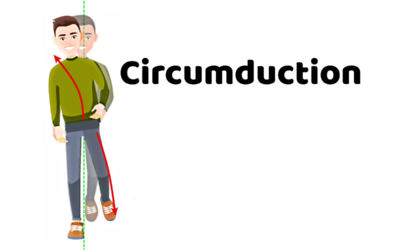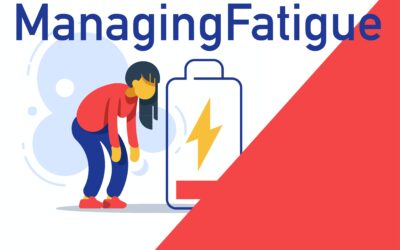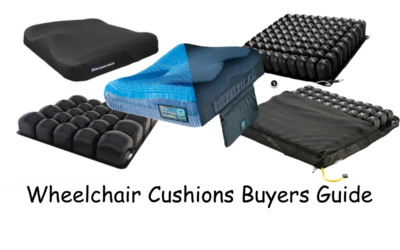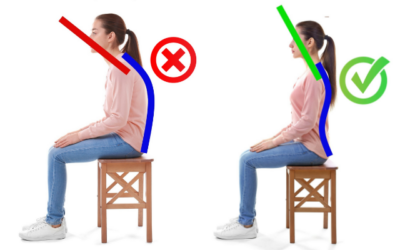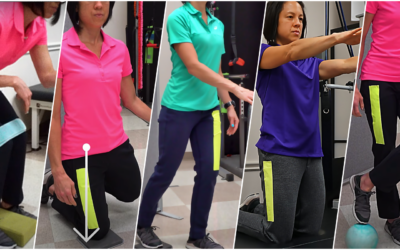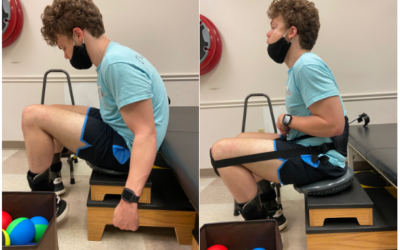HIIT for Stroke Recovery
Boost brain rewiring, improve movement, and speed recovery with short bursts of exercise.
If you’ve been on your stroke recovery journey for a while, you’ve probably heard the word neuroplasticity. Neuroplasticity is how your brain forms new connections so you can relearn skills like walking, talking, and using your hands again.
Important facts about neuroplasticity:
- It happens throughout your life, not just in the first 18 months after injury.
- Everyone with a neurological injury has the potential to improve.
- Progress isn’t just about repetition, the brain needs the right environment to rewire effectively.
What Happens in Your Brain During a Stroke?
A stroke happens when blood flow to part of your brain is blocked, or when a blood vessel in your brain bursts. This causes a sudden chaotic event inside your brain:
- Some brain cells (neurons) get damaged or die because they aren’t getting enough oxygen and nutrients.
- Other neurons around the damaged area go offline or stop working properly.
- The whole area becomes unstable and disorganized for a while.
This chaos actually primes your brain for neuroplasticity, meaning it becomes ready to rewire itself and make new connections to take over lost functions. That’s why getting into rehab as soon as possible is so important because it helps your brain take advantage of this window to start healing.
The Brain Chemicals That Make Neuroplasticity Possible
Three main “signaling molecules” help your brain form new connections:
- BDNF (Brain-Derived Neurotrophic Factor) – Supports neuron growth and survival.
- VEGF (Vascular Endothelial Growth Factor) – Promotes new blood vessel growth in the brain.
- Lactate – Acts as a backup fuel source for brain energy.
Why they matter:
- People with lower levels of these molecules have a higher risk of stroke, heart disease, and diabetes.
- After a stroke, these levels are often reduced.
- Raising them can improve brain rewiring and possibly lower the risk of another stroke.
So how do you increase these brain-boosting chemicals?
Why High-Intensity Interval Training (HIIT) Could Be a Game-Changer
Researchers studied 8 groups of stroke patients who did High-Intensity Interval Training (HIIT). They found:
- HIIT raised important brain chemicals like BDNF, which helps the brain heal
- It also increased VEGF and lactate, which improve blood flow and give the brain energy
- HIIT worked better at raising these chemicals than moderate exercise
Why does this matter?
Surprisingly, just doing repetitive exercises or task-specific training doesn’t raise these chemicals enough. What research shows is that high-intensity interval training (HIIT), which means short bursts of really hard exercise followed by rest, can boost them a lot.
HIIT is different from just “moving more”. It pushes your body hard enough to release brain-boosting chemicals that help your brain recover and improve movement.
What Does This Mean For You?
If you’re recovering from a stroke and feeling stuck, adding some form of HIIT to your routine could be the missing piece that helps your brain rewire faster and more effectively.
Sample HIIT Workout for Stroke Recovery
A safe beginner plan (based on the research) is:
- Warm-up for a few minutes.
- Exercise hard (like fast walking or cycling) for 3-4 minutes at high effort. (RPE 15–19 out of 20)
- Recover by moving slowly for 2-3 minutes. (RPE 11–13)
- Repeat 4-6 cycles.
- Do this 3 times a week.
- 30 minutes total
Important: If you want to try HIIT, especially after a stroke, please talk to your healthcare provider first. You may need medical clearance and guidance to make sure it’s safe for you.
Wrapping Up
Neuroplasticity is your brain’s natural ability to heal, but it needs the right conditions to thrive. Doing daily exercises and meaningful tasks is crucial, but don’t forget about your brain chemistry.
High-intensity interval training is an exciting, research-backed way to boost the chemicals that help your brain build new connections, and it might be just what you need to break through that recovery plateau.
Remember, recovery is a journey, and every step forward counts. Stay curious, stay consistent, and don’t hesitate to explore new tools that might help.
Articles you may be interested in
Hemiplegia: Fix a side bent trunk
Hemiplegia (weakness on one side of the body) can cause an unnatural "side bent" posture. This is sometimes also referred to as lateral trunk flexion. What is a "side bent" posture (lateral trunk flexion) with hemiplegia? A side bent posture is a “structural problem”...
Physical therapists are not as important as they think
I am not as important as I think I am. More broadly, physical therapists are NOT as important (to a rehab plan) as they may think. No, seriously. Ok, maybe half seriously. 2020 has been "unprecedented" (I couldn’t resist 🙃). I did what I thought I would never do....
Balance Training for Ataxia
Balance training is a critical component for anyone with ataxia. This is due to the fact that ataxia negatively impacts the balance system and is one of the leading causes of disability. Ataxia is caused by damage to the cerebellum. The cerebellum plays a MAJOR role...
5 Problems that Lead to Circumduction
Circumduction is a “walking problem” that is characterized by the leg swinging out to the side. This is typically a compensatory strategy to prevent someone from catching the foot on the ground. Before we dive into what might be causing you to swing the leg around the...
Managing Fatigue with a Neurologic Condition
Fatigue is a major problem with a variety of neurologic conditions. Feeling fatigued can be a HUGE barrier in your physical recovery and it can also dramatically impact your overall quality of life.That being said, managing fatigue might be the single most important...
Movement Retraining when dealing with Spasticity
Spasticity is an involuntary muscle contraction due to damage to the brain or spinal cord. This can cause muscle stiffness and pain. Additionally, involuntary muscle contractions cause the body to move in ways that feel out of one’s control. This is turn can create...
Complete Guide to Buying a Wheelchair Cushion
Wheelchairs are an extremely valuable piece of equipment during the neurologic recovery process. They provide a means of getting around when walking is not safe and/or is not possible. However, they also come with the risk of developing pressure ulcers. Pressure...
Most Neglected Post Stroke Shoulder Exercise
Post stroke shoulder retraining often includes moving the arm bone. Unfortunately, many movement retraining programs fail to address the shoulder blade (flat bone on the back of the shoulder and the thoracic spine. Moving the humerus requires proper movement of the...
Relearn to walk: Progression (with videos)
Are you super eager to relearn to walk? Walking is a HUGE goal for anyone who has lost that ability. Walking means different things to different people. And quite honestly, has far less meaning until you have lost this fundamental skill. All that being said, it is...
Product Spotlight: This tool improves trunk alignment
Better posture means better arm rehabilitation. Period. Said another way, proper trunk alignment is essential for efficient arm movement. However, in most cases, hemiparesis (weakness on one side of the body), paraparesis (weakness on the lower half of the body), and...

